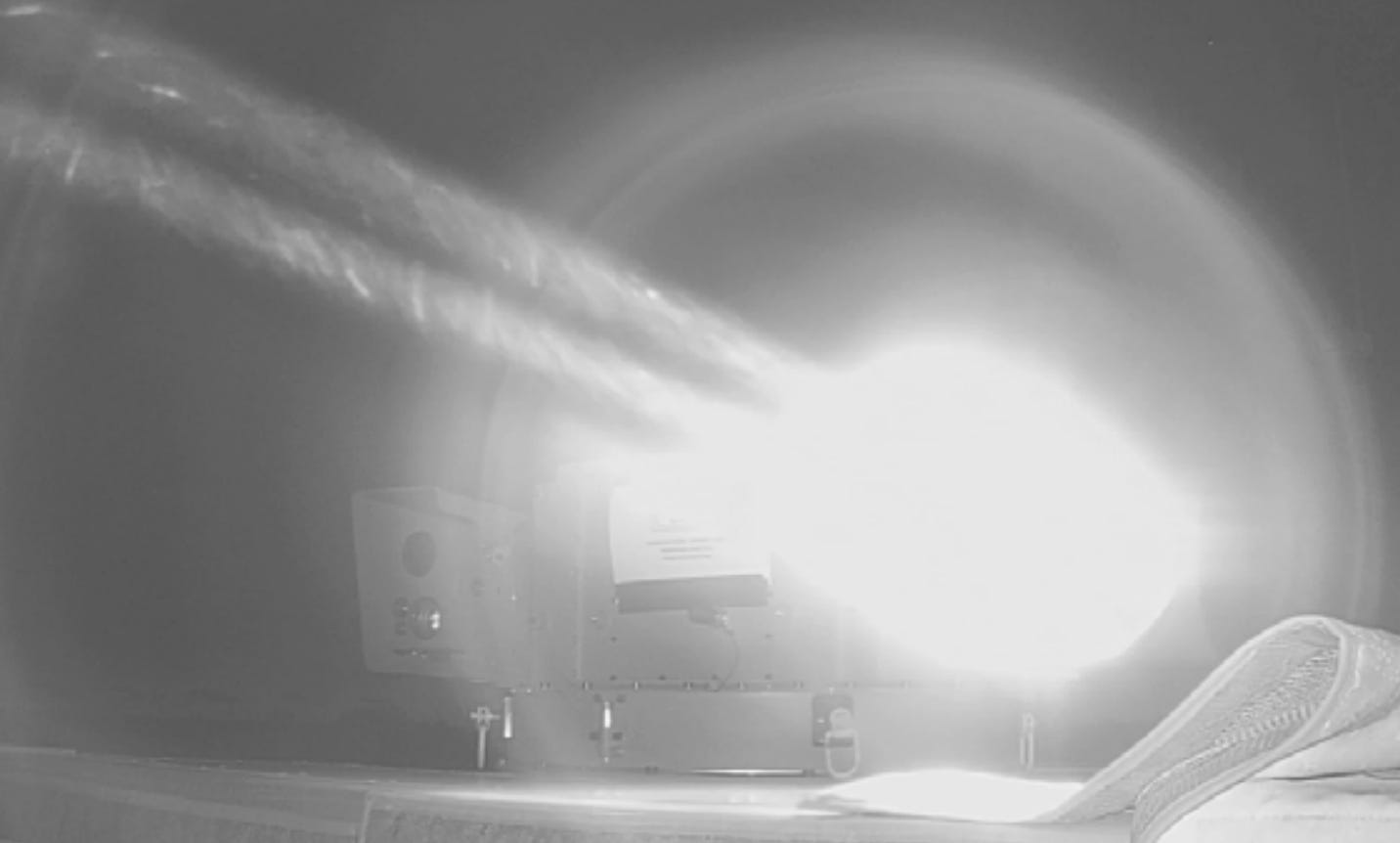What We Know About ‘Apollo,' NATO’s New Australian-Made Laser Weapon
EOS CEO Dr. Andreas Schwer on the system that scored the world's first known laser weapon export contract.

Australia is not usually the first name that comes up in conversations about the future of high-energy laser weapons. The United States and China dominate the field, Israel deployed the first operational system to score a real-world combat kill,…
Keep reading with a 7-day free trial
Subscribe to Laser Wars to keep reading this post and get 7 days of free access to the full post archives.


